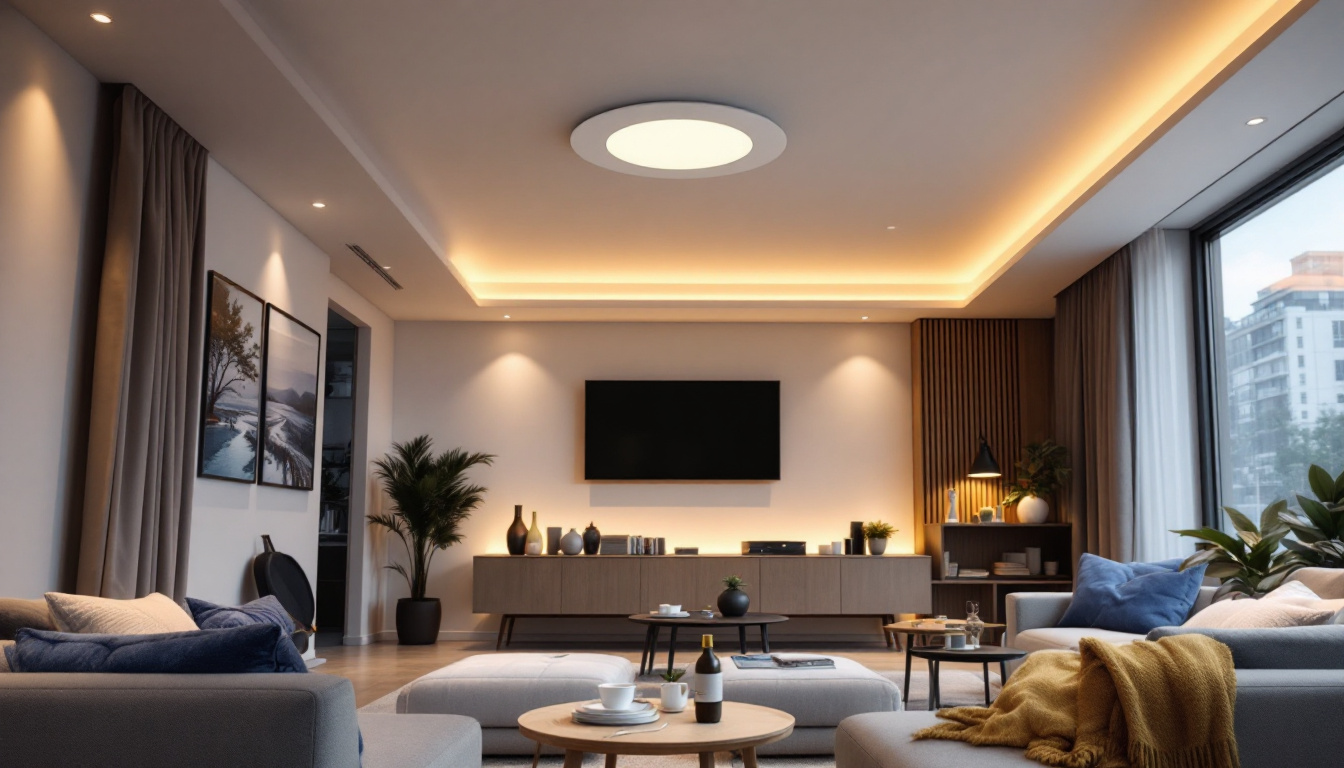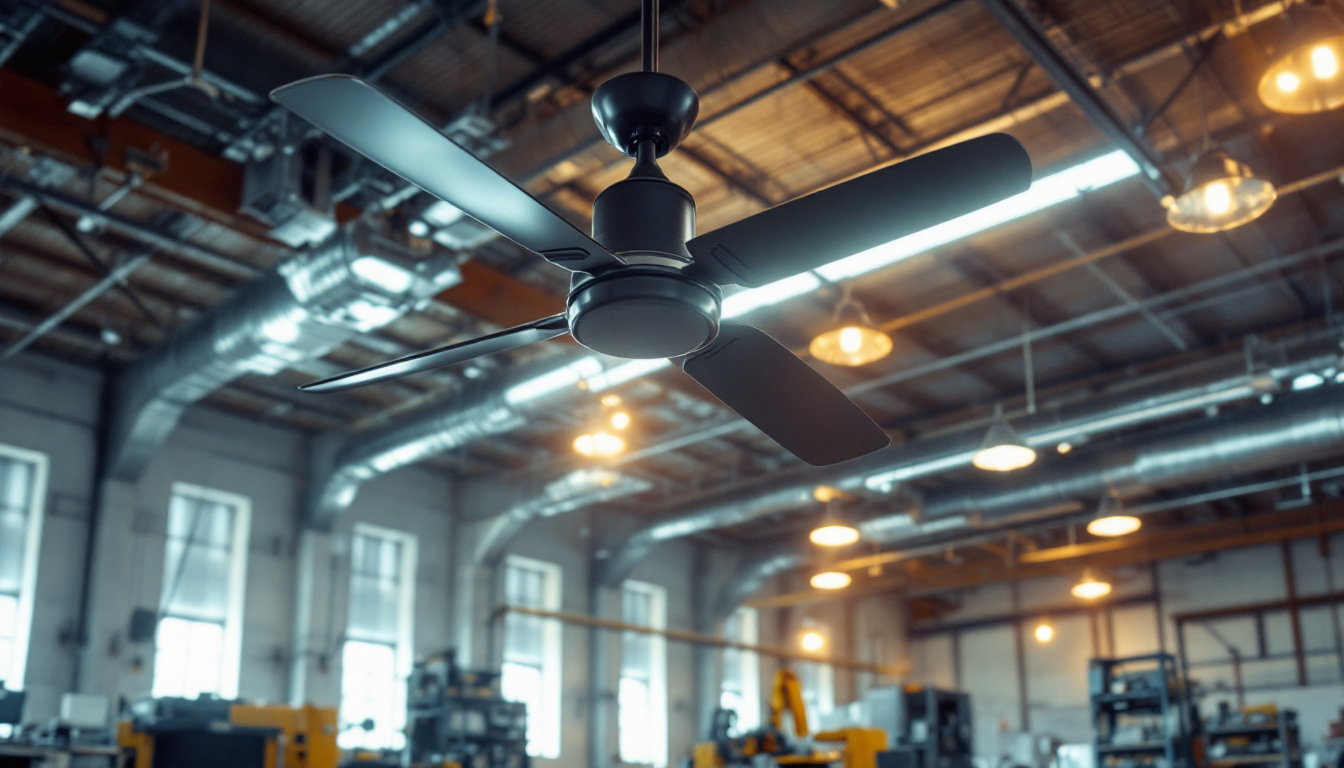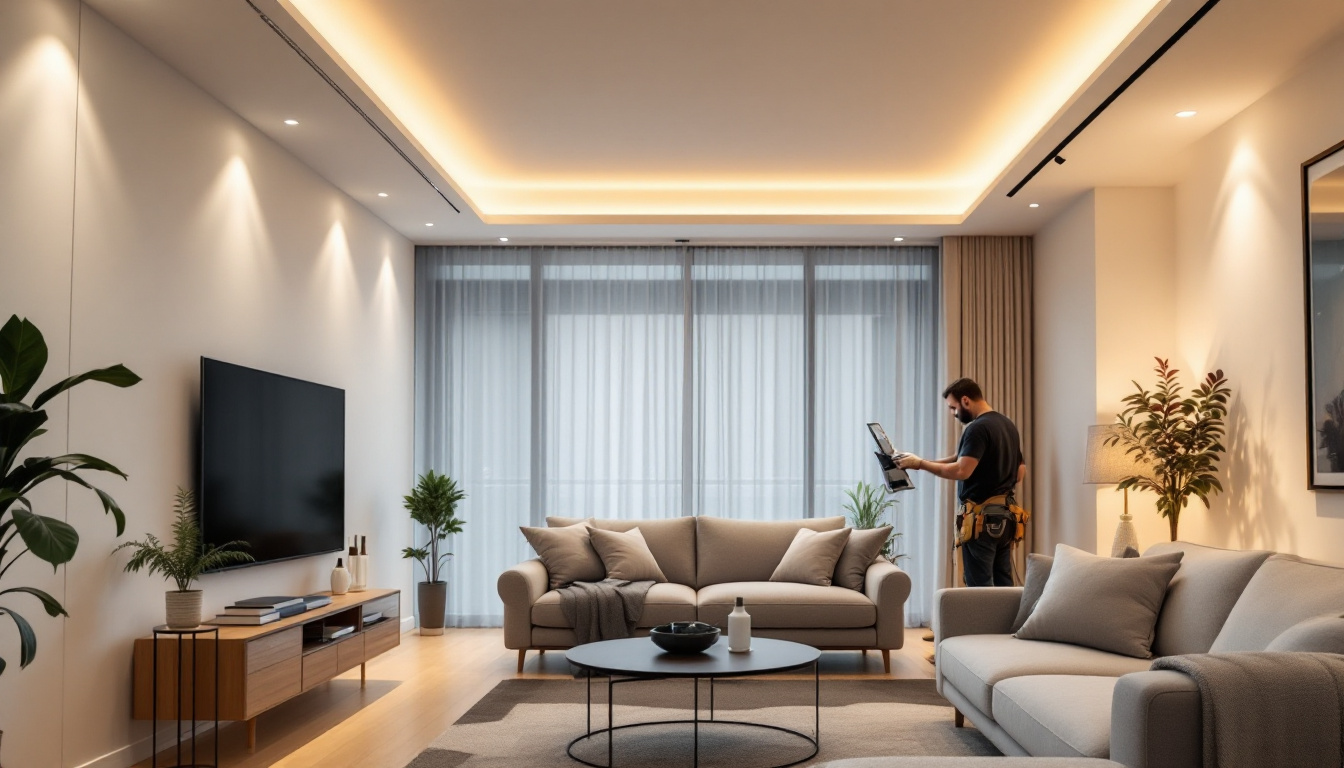
In the ever-evolving world of lighting design, recessed LED cans have emerged as a popular choice for both residential and commercial spaces. These fixtures not only provide efficient illumination but also contribute to the aesthetic appeal of a room. For lighting contractors, understanding the intricacies of recessed LED cans is essential for delivering high-quality installations and satisfying client needs. This guide aims to provide comprehensive insights into recessed LED cans, covering their features, installation techniques, and best practices.
Recessed LED cans, also known as can lights or downlights, are fixtures that are installed into a hollow opening in the ceiling. Unlike traditional light fixtures that hang from the ceiling, recessed lights are flush with the surface, creating a clean and modern look. They are available in various sizes, wattages, and color temperatures, making them versatile for different applications. These fixtures can be found in residential, commercial, and industrial settings, providing a seamless integration into any design scheme.
One of the primary advantages of using recessed LED cans is their energy efficiency. LED technology consumes significantly less power than incandescent or fluorescent bulbs, which translates to lower energy bills for clients. Additionally, LEDs have a longer lifespan, reducing the frequency of replacements and maintenance costs. This longevity not only benefits the wallet but also contributes to a more sustainable environment by minimizing waste generated from discarded bulbs.
Another benefit is the aesthetic flexibility they offer. Recessed lights can be strategically placed to highlight architectural features, artwork, or specific areas within a room. This versatility allows for creative lighting designs that enhance the overall ambiance of a space. For instance, in a living room, recessed lights can be used to create a cozy atmosphere by dimming the lights, while in a kitchen, they can provide bright, focused illumination for cooking tasks. The ability to adjust the intensity and direction of the light further enhances their functionality.
There are several types of recessed LED cans available, each designed for specific applications. New construction cans are designed for installation in ceilings that are still being built, while remodel cans are suitable for retrofitting existing ceilings. Additionally, there are adjustable and gimbal cans that allow for directional lighting, making them ideal for accent lighting. These adjustable options are particularly useful in spaces where the lighting needs may change, such as galleries or retail environments where products are frequently rearranged.
Furthermore, some recessed LED cans come with integrated smart technology, enabling remote control and automation. This feature is increasingly popular among homeowners looking to enhance their lighting experience with smart home systems. With the ability to control lighting through smartphones or voice-activated devices, users can easily adjust brightness levels, set schedules, and even change color temperatures to suit their mood or activity. This level of control not only adds convenience but also promotes energy conservation by allowing users to turn off lights in unoccupied spaces effortlessly.
Proper installation of recessed LED cans is crucial for optimal performance and safety. Lighting contractors must consider several factors before beginning the installation process.
Before installation, it’s essential to plan the layout of the recessed lights. Consider the purpose of the space and how the lighting will be used. For example, in a kitchen, task lighting should be focused on work areas, while living rooms may benefit from ambient lighting. The spacing between fixtures is also critical; generally, recessed lights should be placed about 4 to 6 feet apart, depending on the height of the ceiling.
Additionally, avoid placing recessed lights directly above furniture or artwork to prevent glare and shadows. Instead, aim for a balanced distribution of light throughout the space. It can also be beneficial to utilize a lighting design software or app to visualize how the lights will interact with the room’s architecture and decor. This can help in making informed decisions about the placement and number of fixtures needed, ensuring that the final result is both functional and aesthetically pleasing.
When installing recessed LED cans, it is vital to adhere to local electrical codes and regulations. Ensure that the circuit can handle the load of the new fixtures and that the wiring is appropriately rated for the wattage of the LEDs being used. Using a dimmer switch can enhance the versatility of recessed lighting, allowing clients to adjust the brightness according to their needs.
It is also essential to consider the insulation around the cans. IC-rated (Insulation Contact) cans are designed to be in contact with insulation, while non-IC cans must be installed with a minimum clearance from insulation to prevent overheating. Properly sealing the cans can also improve energy efficiency by reducing air leaks. Moreover, consider the type of LED bulbs being used; some bulbs are designed for better heat dissipation, which can extend their lifespan and maintain consistent light quality. Additionally, opting for smart LED options can provide further control over lighting, allowing for programmable schedules and integration with home automation systems, enhancing both convenience and energy savings.
Following best practices during installation can significantly enhance the performance and longevity of recessed LED cans. Here are some key recommendations for lighting contractors.
Investing in high-quality recessed LED cans can make a significant difference in the overall performance and durability of the lighting system. Look for fixtures that are UL-listed or ETL-listed, indicating they meet safety standards. Additionally, consider the warranty offered by manufacturers, as this can be a good indicator of the product’s reliability.
Choosing the right color temperature is also crucial. Warm white (2700K-3000K) is often preferred for residential spaces, while cooler temperatures (3500K-5000K) may be more suitable for commercial environments. Understanding the client’s preferences and the intended use of the space will guide this decision. Furthermore, it’s worth noting that different color temperatures can influence mood and productivity; for example, cooler lighting can enhance focus in workspaces, while warmer tones can create a cozy atmosphere in living areas.
During installation, it is important to ensure that the recessed cans are properly aligned and level. Misaligned fixtures can lead to uneven lighting and an unprofessional appearance. Using a laser level can help achieve precise alignment, ensuring that all fixtures are consistently positioned.
Additionally, pay attention to the trim selection. Trims come in various styles and finishes, which can further enhance the aesthetic appeal of the lighting. Choosing the right trim can complement the overall design of the space. For instance, baffle trims can help reduce glare, while reflector trims can increase light output, making them ideal for areas requiring brighter illumination. Moreover, consider the angle of the trim; adjustable trims allow for directional lighting, which can highlight artwork or architectural features, adding depth and character to the room.
Another critical aspect to consider during installation is the spacing between the recessed cans. Proper spacing not only ensures uniform light distribution but also prevents hotspots and shadows that can detract from the overall ambiance. A common rule of thumb is to space the fixtures approximately 4 to 6 feet apart, but this can vary based on the height of the ceiling and the desired light intensity. Taking the time to plan the layout can result in a more polished and effective lighting scheme that meets the specific needs of the space.
Even though LED fixtures have a long lifespan, regular maintenance is still essential to ensure optimal performance. Lighting contractors should educate clients about basic maintenance practices and troubleshooting common issues.
Dust and debris can accumulate on recessed LED cans over time, affecting light output and efficiency. Regularly cleaning the fixtures with a soft, dry cloth can help maintain their appearance and performance. Avoid using harsh chemicals or abrasive materials that could damage the finish.
In addition to cleaning, it’s important to check the fixtures periodically for any signs of wear or damage. If a fixture is flickering or not functioning properly, it may be due to a loose connection or a faulty driver. Educating clients on how to identify these issues can empower them to seek timely repairs.
As technology advances, lighting contractors may encounter opportunities to upgrade existing recessed lighting systems. Retrofitting older fixtures with new LED technology can enhance energy efficiency and improve light quality. This process often involves replacing the bulb and trim while leaving the existing housing intact.
Contractors should stay informed about the latest advancements in LED technology, as new options may provide enhanced features such as tunable white light or improved color rendering. Keeping abreast of these developments can help contractors offer clients the most up-to-date solutions.
Recessed LED cans represent a blend of functionality and aesthetics, making them a favored choice among lighting contractors and clients alike. By understanding the various types, installation techniques, and best practices associated with these fixtures, contractors can deliver exceptional lighting solutions that meet the diverse needs of their clients.
As the demand for energy-efficient and aesthetically pleasing lighting continues to grow, contractors who invest time in mastering recessed LED can installations will find themselves at the forefront of the industry. By focusing on quality, proper installation, and ongoing maintenance, lighting professionals can ensure that their projects shine brightly for years to come.
Ready to elevate your lighting projects with the best recessed LED cans on the market? Look no further than LumenWholesale, where we provide contractors with exceptional, spec-grade lighting solutions at unbeatable wholesale prices. Our commitment to quality and affordability ensures that you can deliver outstanding installations without breaking the bank. Plus, with free shipping on bulk orders, you can stock up on all the lighting essentials you need, hassle-free. Don’t compromise on quality or cost—choose LumenWholesale for your lighting needs and experience the ultimate in value and convenience. Start browsing our selection today and take the first step towards brighter, more efficient lighting solutions by visiting Wholesale Lighting at the Best Value.

Explore the advantages and drawbacks of 4-inch recessed lighting in this insightful guide tailored for lighting contractors.

Discover essential insights for lighting contractors on industrial ceiling fans, including installation tips, energy efficiency benefits, and design considerations to enhance commercial spaces..

Discover what distinguishes the top lighting contractors in the industry as we delve into the world of LED recessed lights.

Discover the top benefits of Light Reflectance Value for lighting contractors, including improved efficiency and cost savings.